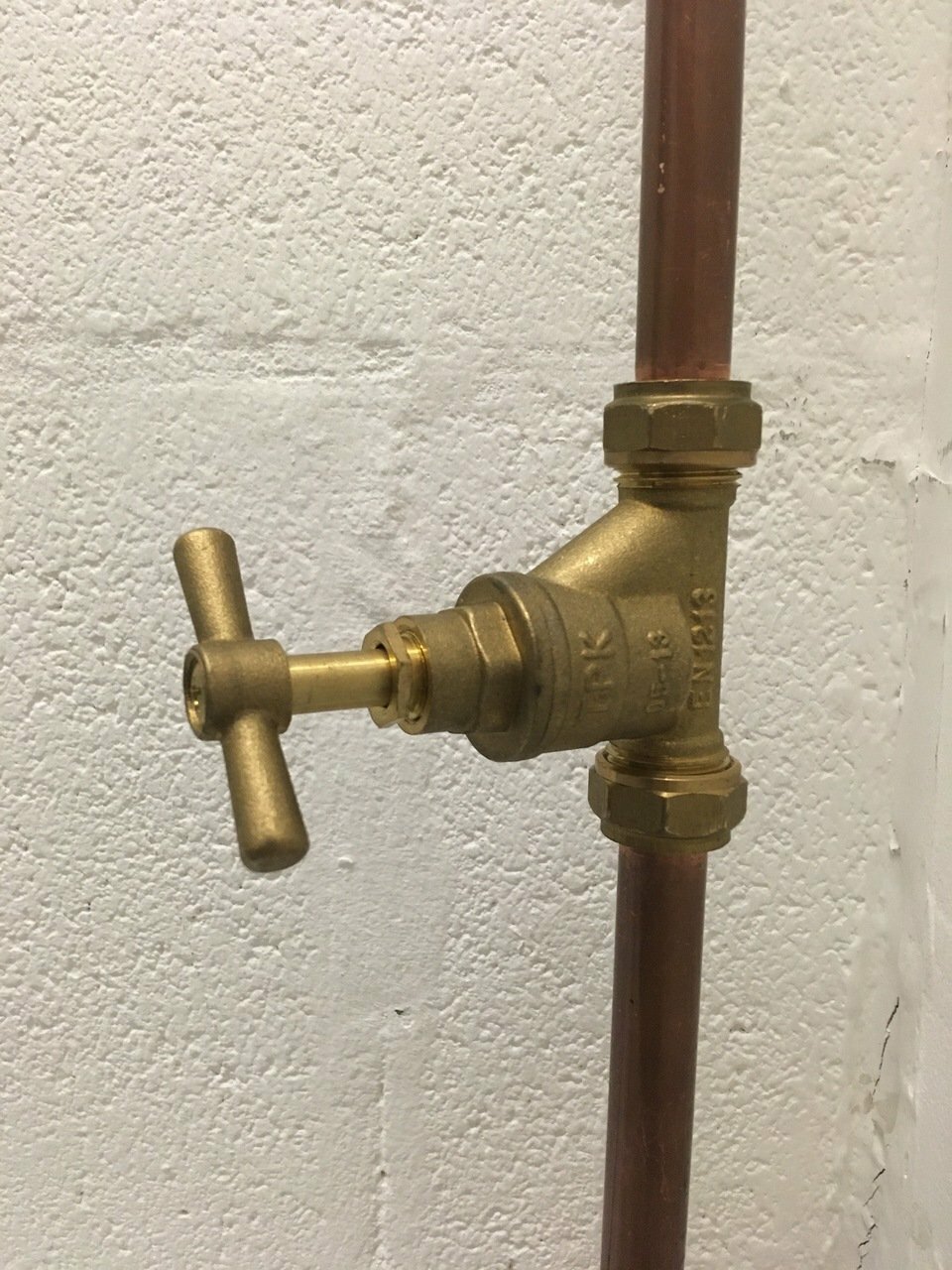Search for local
Approved Contractors and other services Knowing where your internal stop tap is and how to use it can save you from major water damage in an emergency. This guide explains how to locate, operate, and check your stopcock so you can quickly shut off your water supply if a pipe bursts or a leak occurs
Knowing where your internal stop tap is and how to use it can save you from major water damage in an emergency. This guide explains how to locate, operate, and check your stopcock so you can quickly shut off your water supply if a pipe bursts or a leak occurs
Your internal stop tap (also sometimes called a stop valve or stopcock) is the point where you can shut off the water supply to your home or business.
It looks like a spout-less tap or lever and sits between two lengths of pipe acting as a connector.
Make sure you are aware of the location of your internal stop tap and check it’s working regularly as you may need it in an emergency, such as a burst pipe.
In a home the inside stop tap is usually located under the kitchen sink, but can also be found in the following places:
Kitchen cupboard
Downstairs bathroom or toilet
Garage or utility room
Cellar
Under the stairs
You should be able to operate the valve yourself. Turning the valve clockwise will close it, reducing or stopping altogether the amount of water passing through your pipes. It may take a few minutes for the water to stop altogether. To turn your water back on, simply turn the valve anti-clockwise. Turn it on and off slowly, never force it. If you over tighten or use excessive force you may damage the stop tap.
If your internal stopcock is not turning or shutting off, you'll need to contact a plumber to help to fix this. To find a plumber near you, use our WaterSafe search.
We use cookies to give you the best possible experience with WaterSafe. Some are essential to provide accurate emergency search results and ensure the website is secure. We also use cookies to help us understand how people use the site and to make improvements. Click "Accept All" to enable recommended settings or click "Manage cookies" to adjust your settings. For more details, see our Cookie Policy.